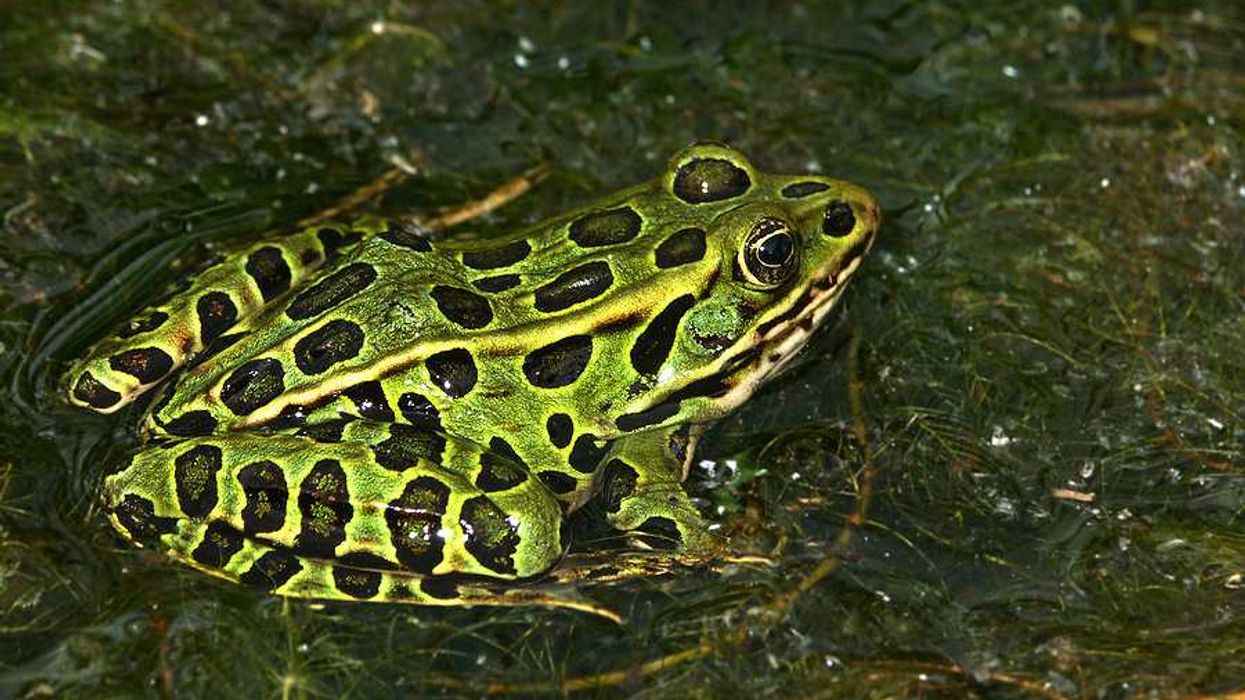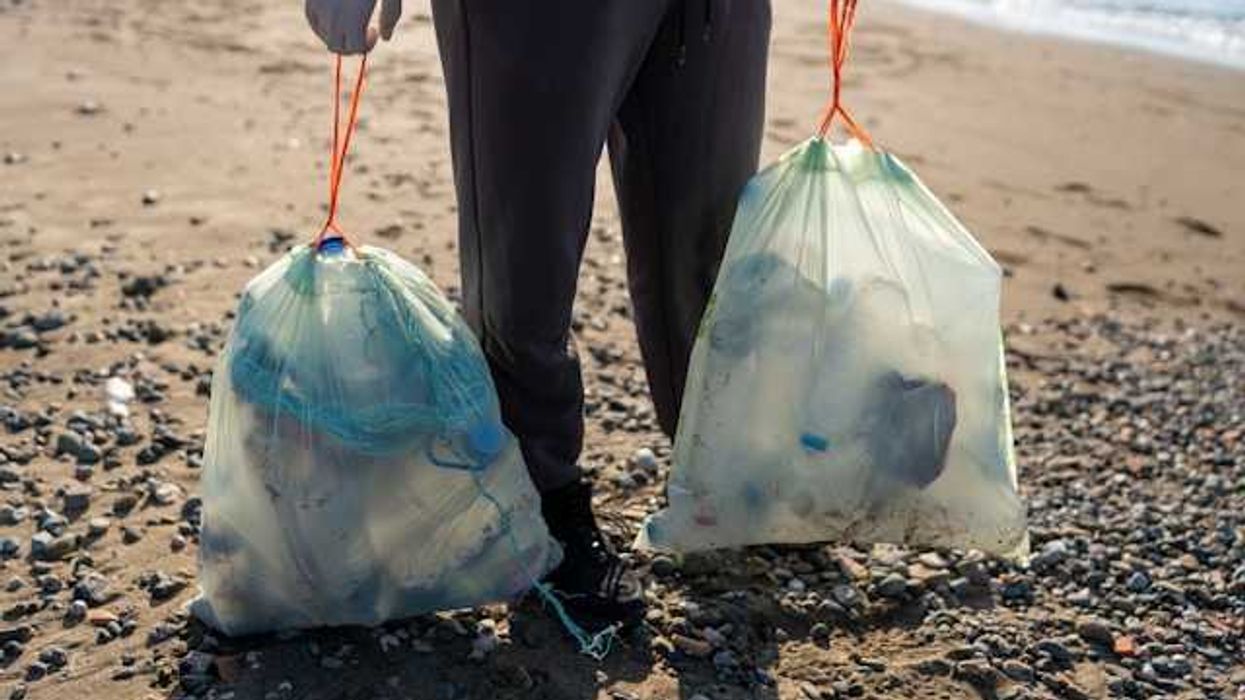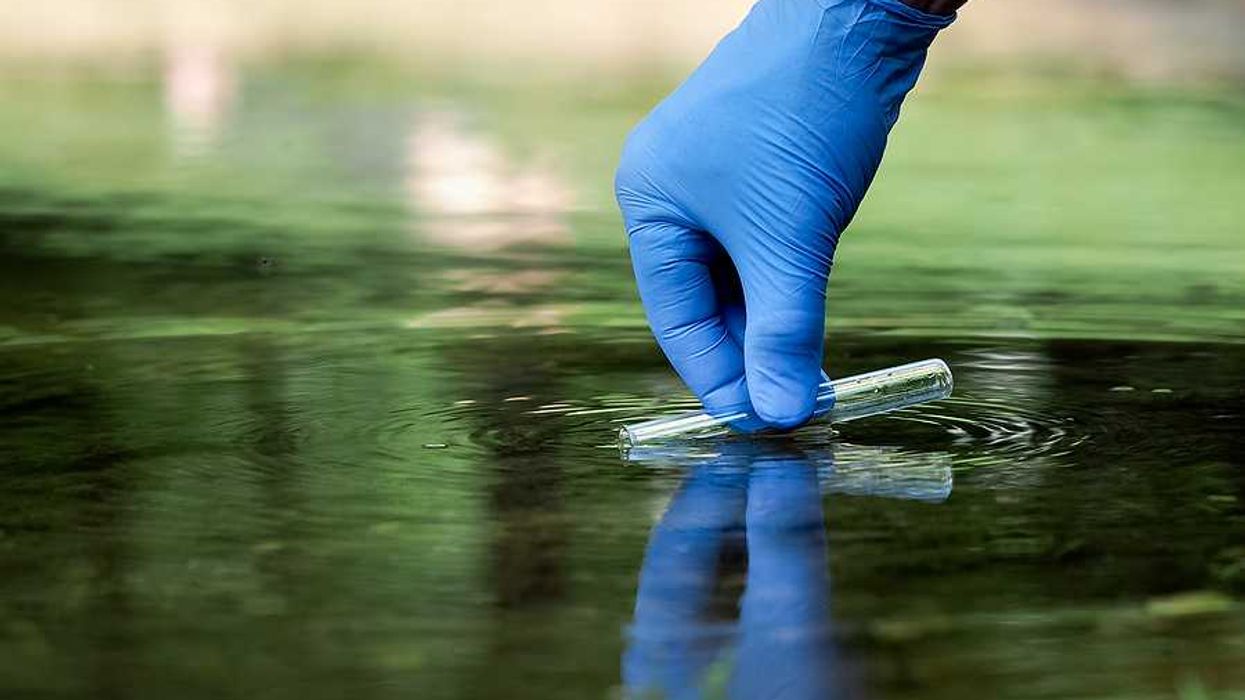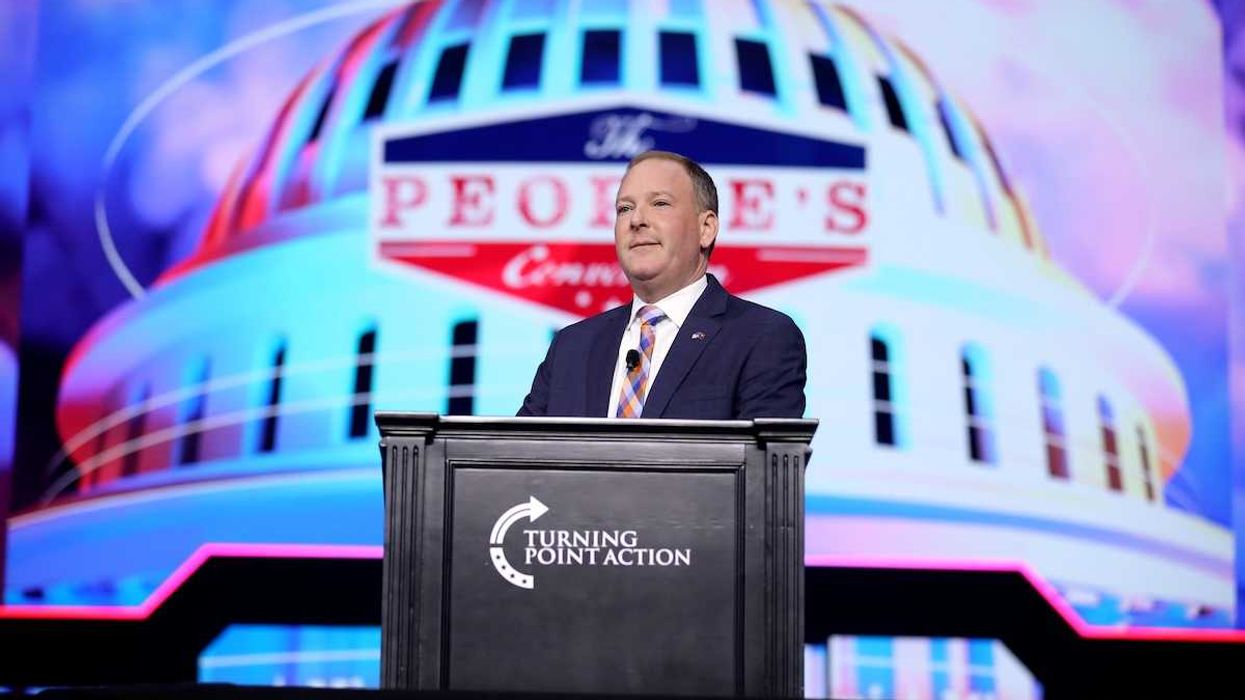The European Commission submits its proposal for regulation of chemical substances today. Did the pesticide industry write in its own exemption?
Editors Note: This article was originally published by Le Monde on December 20. This version is translated by the Health and Environment Alliance and is republished with permission.
It's a paragraph that does not look like anything, added at the bottom of the document at the last minute. In a tortuous and impenetrable formulation, it refers to a derogation for products acting on the "moulting and / or growth of harmful organisms." But, reformulated in common language, it is no more or less a concession from the European Commission to the pesticide lobby.
Today, a few days before Christmas, three years late, the Commission is due to submit to a vote its proposed regulation on endocrine disruptors, these ubiquitous chemicals capable of interfering with the hormonal system of living beings at sometimes tiny doses. This proposal is supposed to implement a very strict provision of the European regulation on pesticides: the ban on pesticides that will be recognized as endocrine disruptors.
It is therefore the criteria that allow them to be identified which the Commission has drawn up and which the representatives of the Member States must adopt or reject. The vote will be held in the Standing Committee on the Food Chain and Animal Safety after six months of negotiations.
If the devil is hiding in the details, the paragraph inserted by the Commission at the last minute is anything but anecdotal. While the "pesticides regulation" requires removing endocrine disruptors from the market, the paragraph creates a derogation from identification for a whole group of pesticides that have the particularity of ... being endocrine disruptors.
Indeed some pesticides wipe out insects or plants known as "pests" to crops by acting on their hormonal system to block their moulting or growth. In other words, these are pesticides that have been designed to be endocrine disruptors. Rather than using this knowledge to identify and prohibit them, the Commission proposes that they be spared.
Request from the trio BASF, Bayer and Syngenta
This major derogation is in fact an old request of the pesticide industry. It was developed by the trio of pesticide manufacturers who will be most affected by the regulation: the German giant BASF (the world leader in chemistry) and Bayer (being merged with Monsanto) and the Swiss group Syngenta. In a document dated 2013, employees of these groups argue for a "derogation" for what they refer to as "endocrine disruptors by design":
" Strictly speaking, such compounds would fulfil the endocrine disruptor definition as their endocrine mechanism and adverse population-relevant effects are intended and well-described. (...) Consequently, an exemption category for these chemicals should be defined... "
The new paragraph resembles in an unmistakable way the article written by employees of pesticide manufacturers.
But the exemption is problematic for living beings, which could be affected by these endocrine disrupting pesticides, from plants to ladybugs to nearby squirrels—all those that the law calls "non-target organisms" but are also equipped with a hormonal system liable to be hijacked by these products.
The new paragraph resembles in an unmistakable way the article written by employees of pesticide manufacturers.Weed killer classified as "possible human carcinogen"
While there is no assessment of the consequences of this clause on the ecosystem, it will undoubtedly have a positive impact on the industry. According to information gathered by Le Monde, this exception would correspond to about 15 insecticides and a handful of herbicides including 2,4-D, a herbicide that has also been classified as a "possible human carcinogen" by the International Agency for Research on Cancer (IARC) in 2015.
According to the calculations made by the NGO Générations futures, the derogation concerns more than 8,700 tonnes of commercial products per year, just for France. Francois Veillerette, the spokesperson of the NGO, is indignant:
"It is aberrant in a regulation that wants to remove endocrine disruptors to protect the ecosystem."
"This request doesn't come from us but from the German authorities," said Graeme Taylor, director of public affairs for the European Crop Protection Association (ECPA). The lobbying organization of the pesticide industry rejected the Commission's proposal "as a whole", considering that it "does not go far enough".
Uncertain majority, proposal cut in half
Uncertain to get a majority on Wednesday, the European Commission cut off its contested proposal in two. The first scientific part contains an environmental component, including this new derogation, and a human health component, which is also the subject of strong criticism from the relevant scientific community, NGOs and certain Member States, including France.
They all denounced the inadequacy of the text to protect the population from diseases linked to exposure to endocrine disruptors (cancers, brain development problems, infertility, diabetes, etc.).
The second part of the proposal, on regulatory aspects, also contains a substantial derogation. If kept, the risks posed by endocrine disrupting pesticides would be assessed on a case-by-case basis after being placed on the market, whereas the law requires their a priori prohibition. This part is not only considered illegal by the European Parliament, NGOs and certain countries, but Le Monde revealed at the end of November, with supporting documents, that it was based on conclusions written in advance by an official European agency.
Related: Endocrine Disruptors: the manufacture of a lie"These proposals are unacceptable and they do not respond to growing public concern or mobilization for genuine action that would reduce the presence of endocrine disruptors in our daily lives," said the coalition of NGOs EDC- Free Europe. An online petition from SumOfUs, calling to reject the proposal, has collected more than 260,000 signatures.
At the highest political level in Europe, where "good work" is considered to have been done, it is argued that there was a "scientific controversy" about endocrine disruptors to deal with. Yet a hundred respected scientists have warned decision-makers against a "manufacturing of doubt" financed by industries whose commercial interests are threatened, in the manner of the oil industry with climate change (Le Monde, November 30)—facts that a European official sweeps away, however, as "conspiracy theories".














